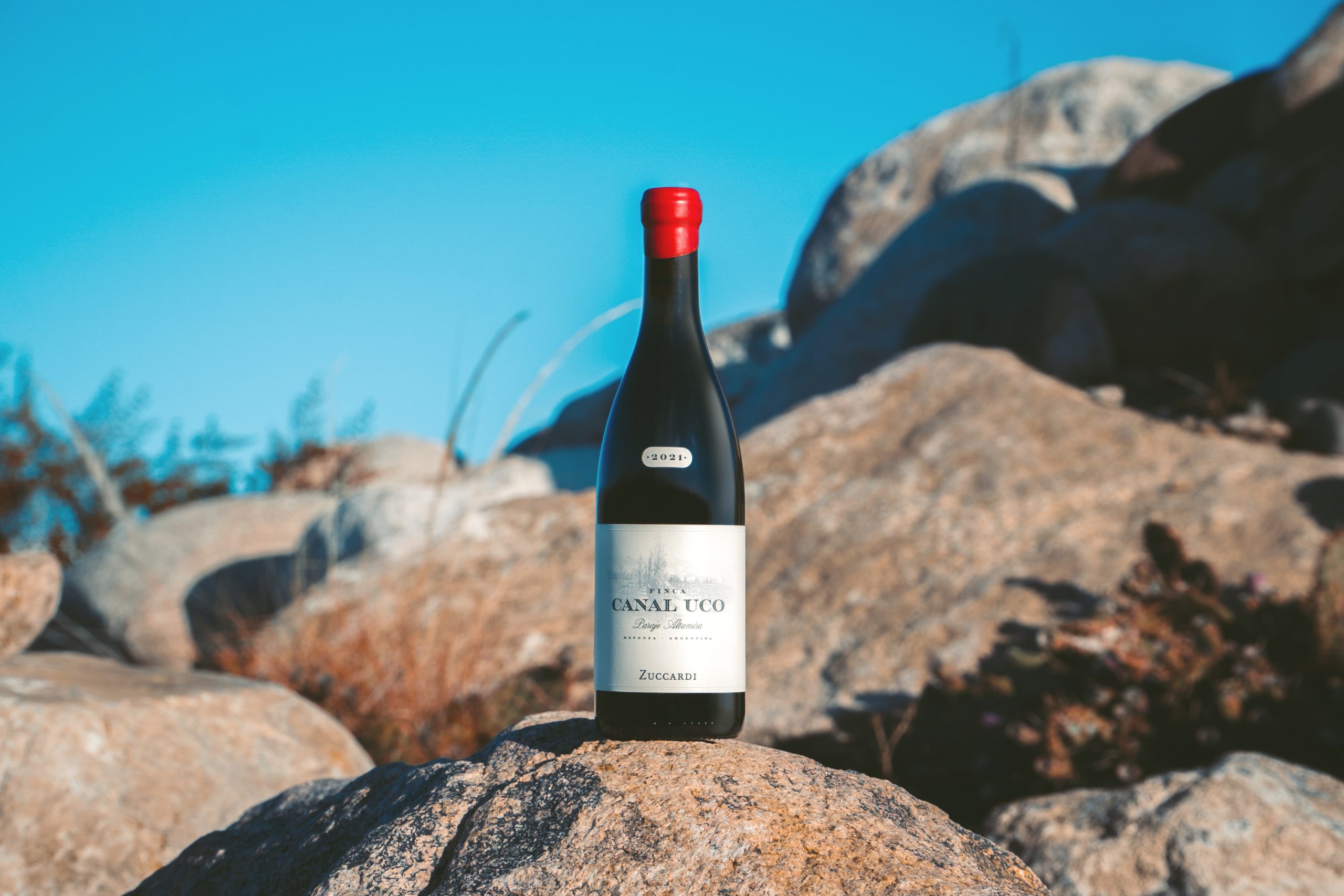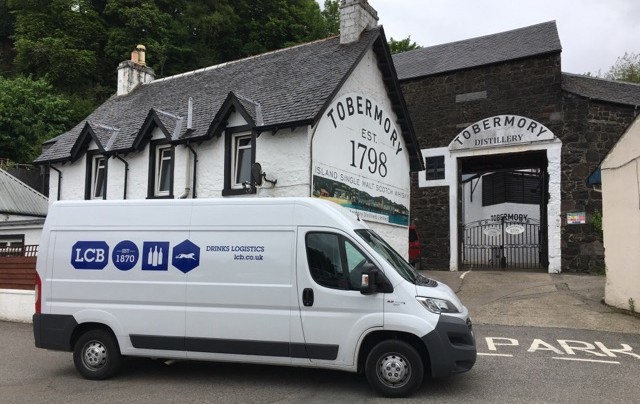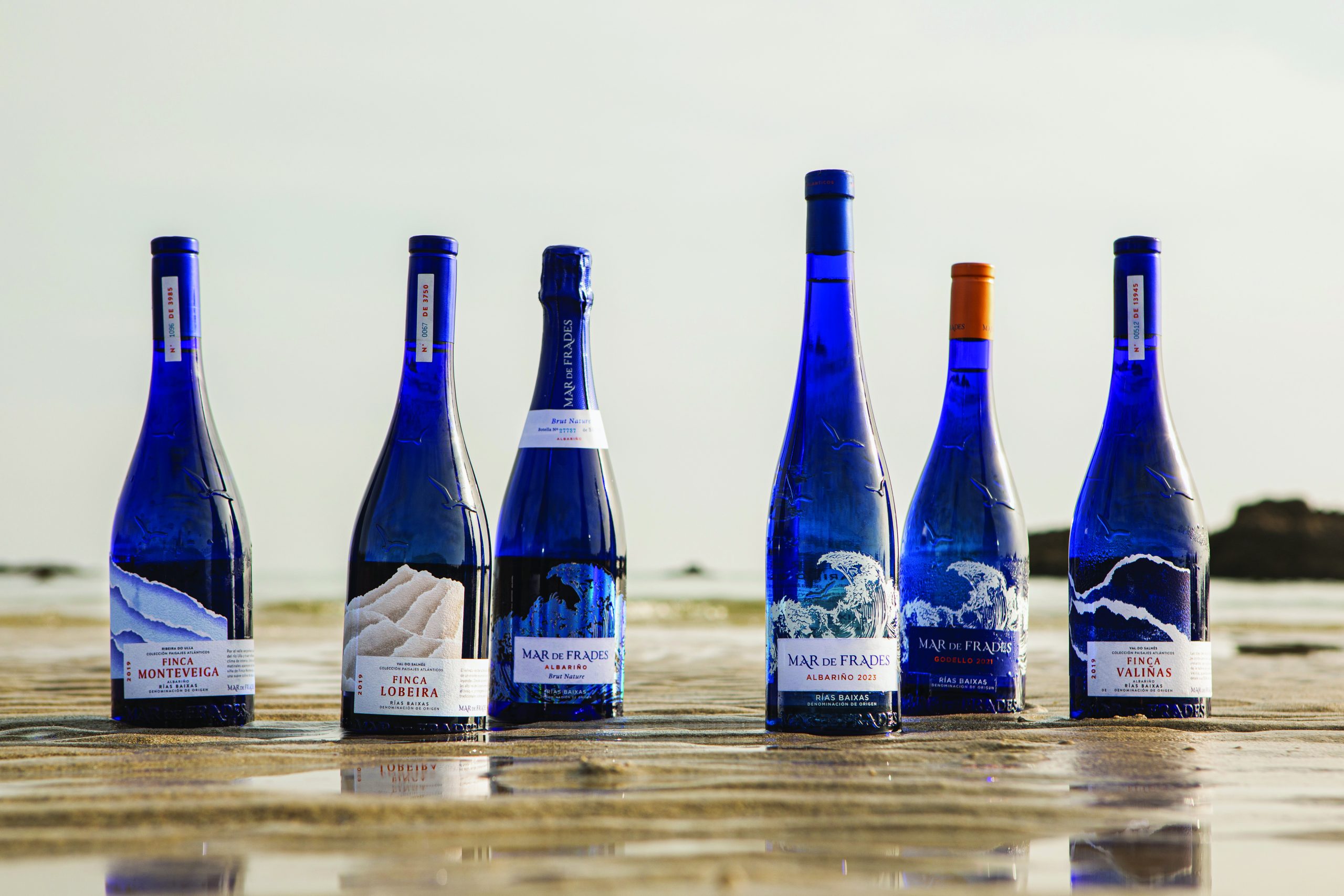db meets: Beth Liston of Dark Horse
Having grown up on California’s Central Coast, Beth Liston’s first job in wine was at a local tasting room when Sideways had just been released, meaning Merlot bashing and spittoon spilling aplenty from the punters. Having earned a BA in science with a minor in viticulture, after graduating she worked in the on-trade in Austin before diving into the wine world, clocking up valuable experience in South Australia before heading home to the Golden State. She has worked for Gallo for the last 14 years, working her way up to the role of director of winemaking for Dark Horse, based in California’s Central Valley, which strives to over-deliver on quality for its £8.50 a bottle price point. The brand’s 2020 value sales were up by 51% in the UK on 2019, adding over £10m to the wine category.
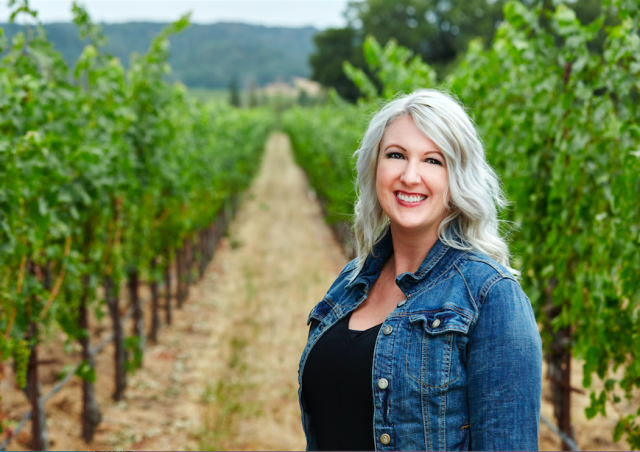
How would you describe your winemaking style?
I’m constantly challenging myself to make better wine every year, and working out ways to create classic wines that are affordable and approachable, by working closely with our growers, especially during harvest time. At Dark Horse I use premium winemaking techniques at scale.
What was the 2020 vintage like for you?
Last year was incredibly challenging due to Covid. We had a very condensed harvest, our shortest in 14 years. Everything came in on top of each other, whereas in 2019 we had a nice lull between the whites and reds, but everyone pulled together to usher in a successful harvest, which was great to see.
Did any grapes stand out as particularly good last year?
Sauvignon Blanc was pretty stellar in 2020, and Chardonnay was incredible across the board. Sauvignon Blanc is one of the most challenging grapes to grow in the central Valley, as the climate is not similar to New Zealand at all, so we’re trying to focus on the ways we can improve the quality of the Sauvignon we make by picking at the optimum time to maximise the passion fruit, guava and grapefruit flavours and better managing the ferments and solids. I’m excited about how the 2020 Sauvignon Blanc is looking in the bottle. We blend in a little dry Gewürztraminer to help the thiols pop.
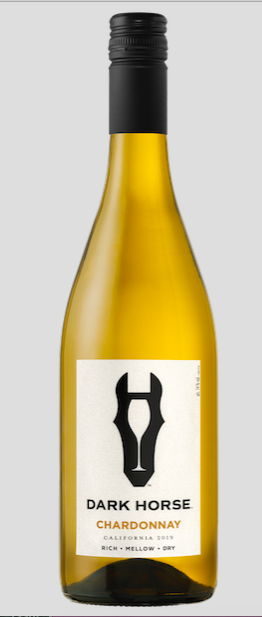
How about the reds?
Merlot was the star in 2020, which was surprising, as we had quite a lot of rain, but I didn’t see any greenness in the wines, due to open canopies and good sun exposure. We got incredible fruit development in our Merlot. Everyone thinks Central Valley Cabernet will be bigger than Merlot, but it’s the other way around – we make quite big and bold styles of Merlot with dark fruit, soft tannins and incredible colour. Our 2020 Merlot has set the bar high. It was also a solid year for Cabernet across the board – we were lucky not to be impacted by the wildfires.
Will Merlot’s reputation ever recover from the Sideways stigma?
I’m not sure if it will and sales continue to decline. I’ve hated the movie ever since it came out, as Merlot really paid the price and needs an image refresh. It’s hard to find really good Merlot; you have to go up to some of the higher price points to find them. Merlot has had a bit of an identity crisis and consumers don’t understand what it’s supposed to be. For us, it’s big and full bodied, and can stand up to Cabernet.
Malbec is Argentina’s flagship grape, why did you decide to make one?
Partner Content
We planted it in the valley to see how it would grow, and found that you can get the blueberry floral notes that you find in Argentina. It’s done really well for us in in the UK. We co-ferment our Malbec with Dornfelder, which is a good fit as it brings colour and fills in the mid palate. We also blend in a little Petit Verdot from Lodi that brings out the floral character in the wine. It’s got more body than a Pinot but you don’t need to drink it with food.
How is your dry rosé doing?
We made our first Dark Horse rosé in 2014, which was right when dry rosé was picking up in the US. We have a great source of Grenache, and it’s something we’d been making in the winery for years as a summer drink for our winemakers. It was exciting when the dry rosé trend took off as we’d already been making it for our personal enjoyment and suddenly there was a market for it, so it was a natural fit for the brand. Ours is a blend of Grenache and Barbera, with a small amount of Tempranillo and Pinot Noir.
A lot of California rosés used to be made in saignée method, so they were over extracted with a darker colour and flavour. Winemakers are now making rosé on purpose and are harvesting a bit earlier and not fermenting on the skins at all, so they’re achieving a more retrained fruit profile, and completely dry rosés with beautiful acidity, a creamy mouthfeel and hints of strawberry and raspberry. We got into the dry rosé category early and our rosé is one of the best-selling dry rosés in the US – it’s a clean, easy to drink wine.
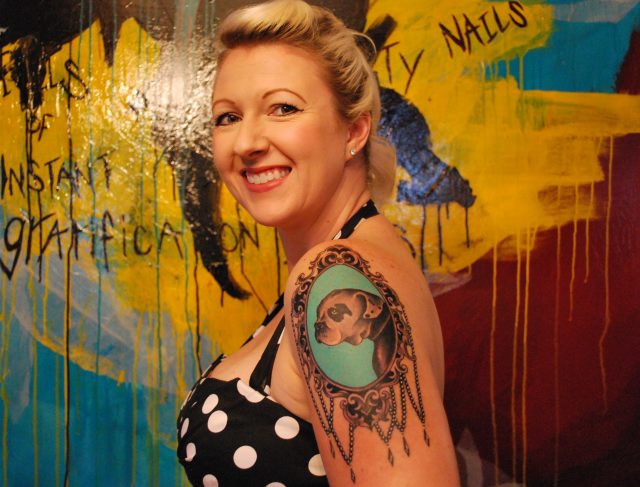
How are your canned wines doing at the moment?
There’s a trend at the moment for session drinks, which is why hard seltzers are taking off. Last year was a hard year for cans, as they’re something you drink outside with friends, and not a lot of socialising went on in 2020, as there were very strict lockdowns in California. Consumer consumption patterns changed last year, and cans felt that shift. Prior to Covid sales were very strong.
We’ve worked hard on developing our canned wine offering to make sure the wine tastes as good in that format as it does in bottle. We use the same wine that goes into our bottles but manage the chemistry a bit differently and closely monitor the oxygen levels, sulphur and pH. The challenge across the industry as all these new wine formats become available, from Tetra Pak to bag-in-box, is making sure that the wine in every format will taste the same to the consumer.
Chardonnay is often called the winemakers’ grape, do you enjoy making it?
Making Chardonnay is similar to making red wine as you’re playing with oak and controlling of the mouth-weight. Our fruit from Lodi gives you lots of peach, baked apple and stone fruit aromas – you can really feel the region in the fruit profile. We leave it on its lees for a year to develop a silky mouthfeel and add weight to the mid-palate. Dark Horse Chardonnay is our best-seller in the UK.
Can you tell me a bit about your Dark Horse sparklers?
Our sparkling wines are very much a passion project for me, as my first job was at a traditional method sparkling estate on the Central Coast, which made me fall in love with fizz. We make a Dark Horse brut and brut rosé. I wanted to do a tank fermented sparkling wine and see if I could get the same complexity as traditional method fizz without the second fermentation in bottle. You get a bit of that brioche character and fine bubbles, which took us a few years to develop.

